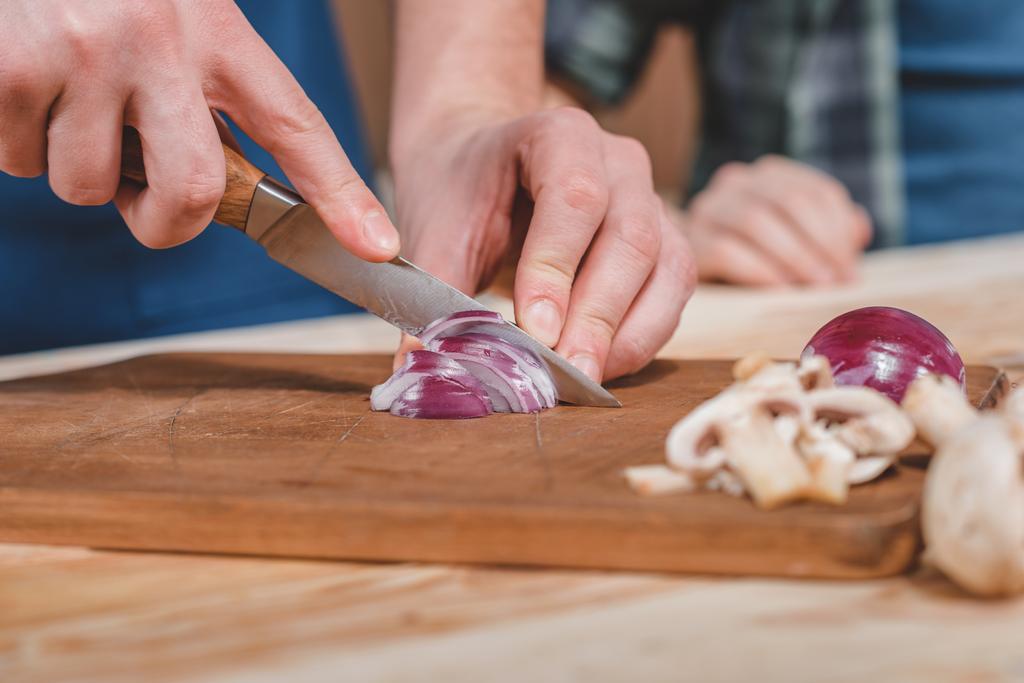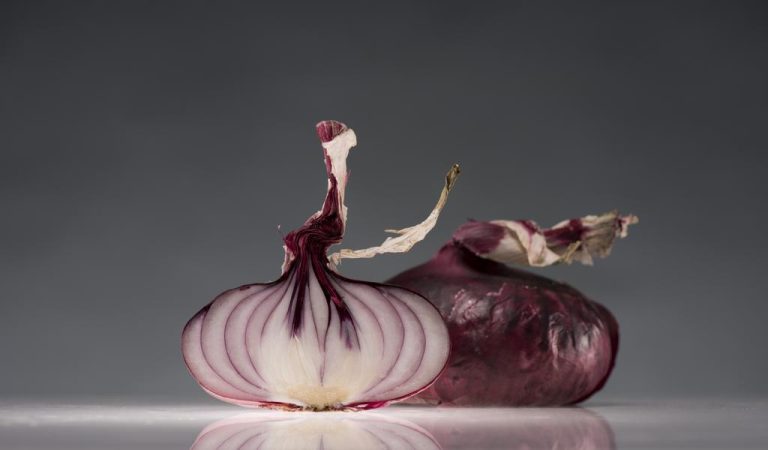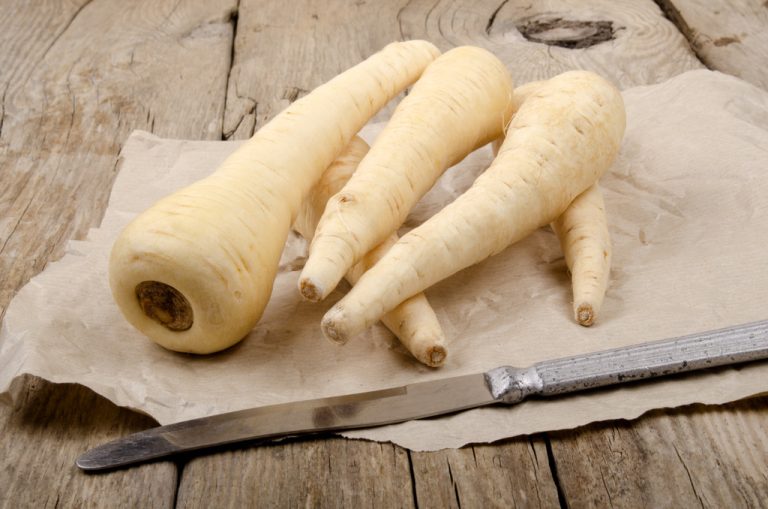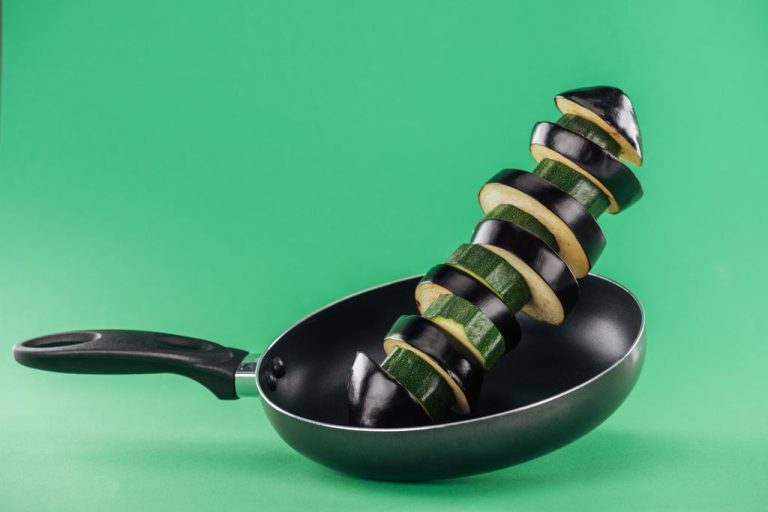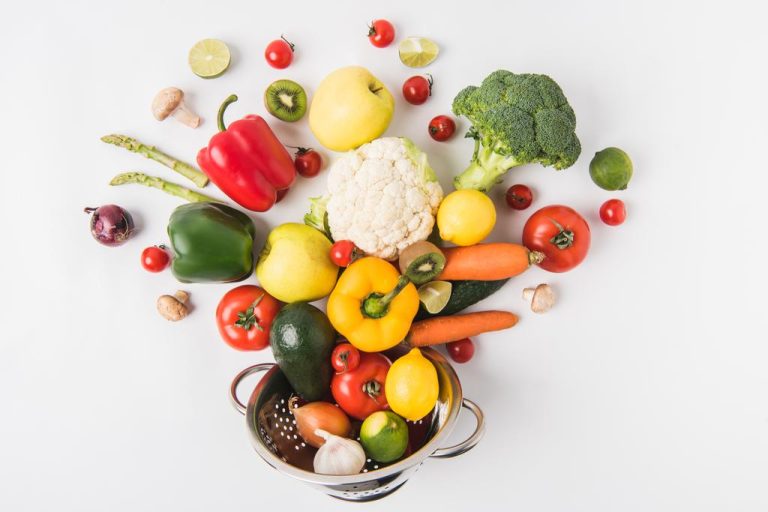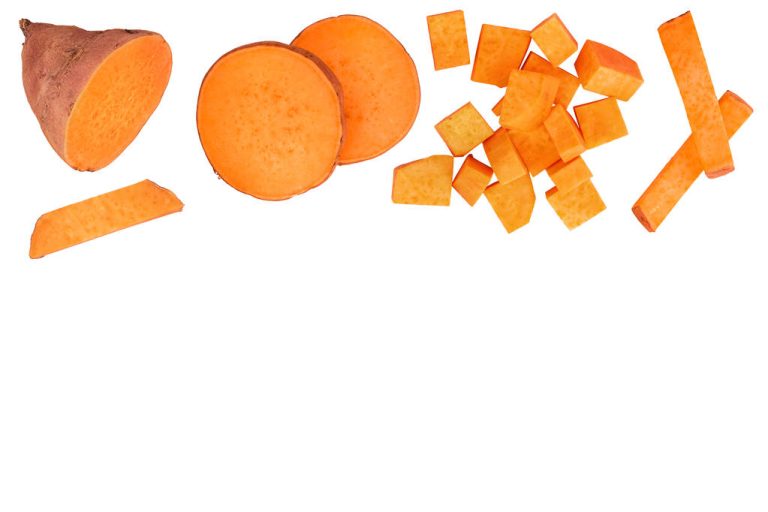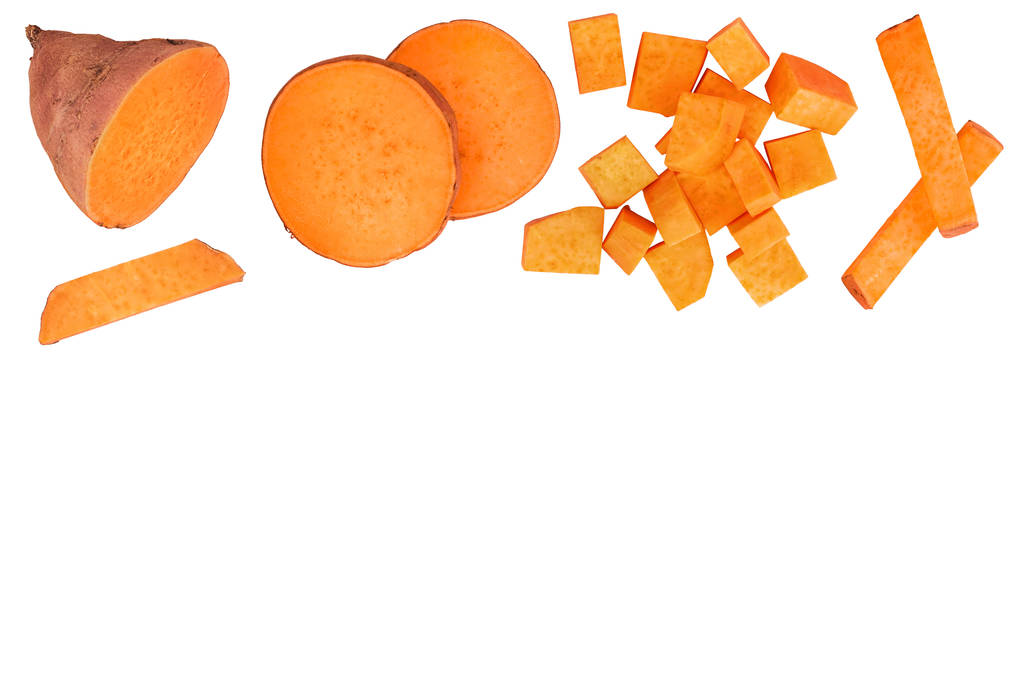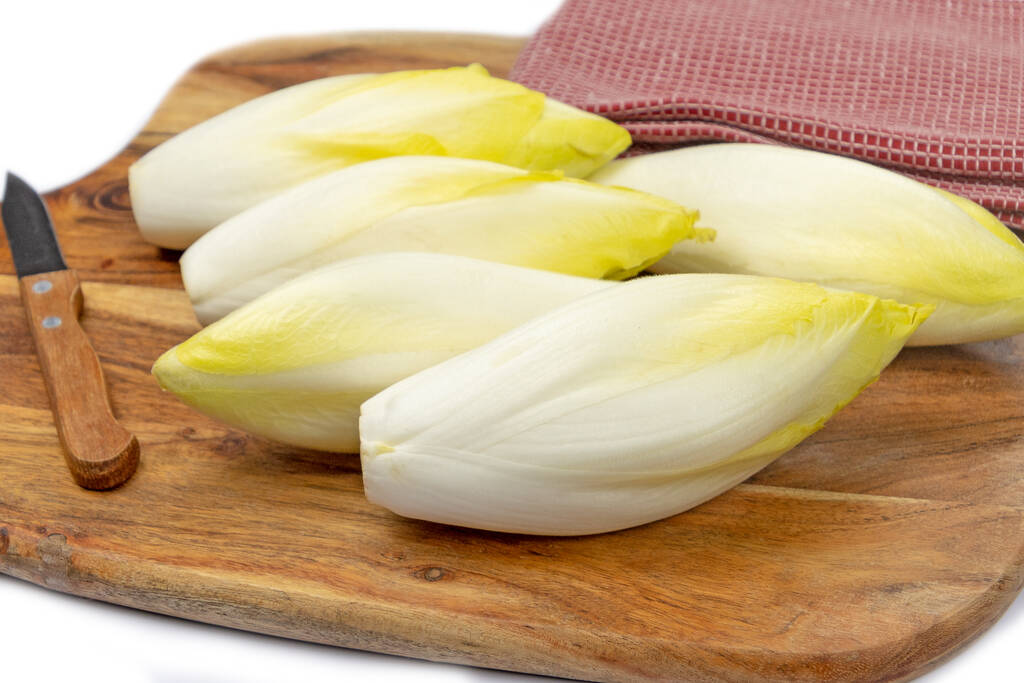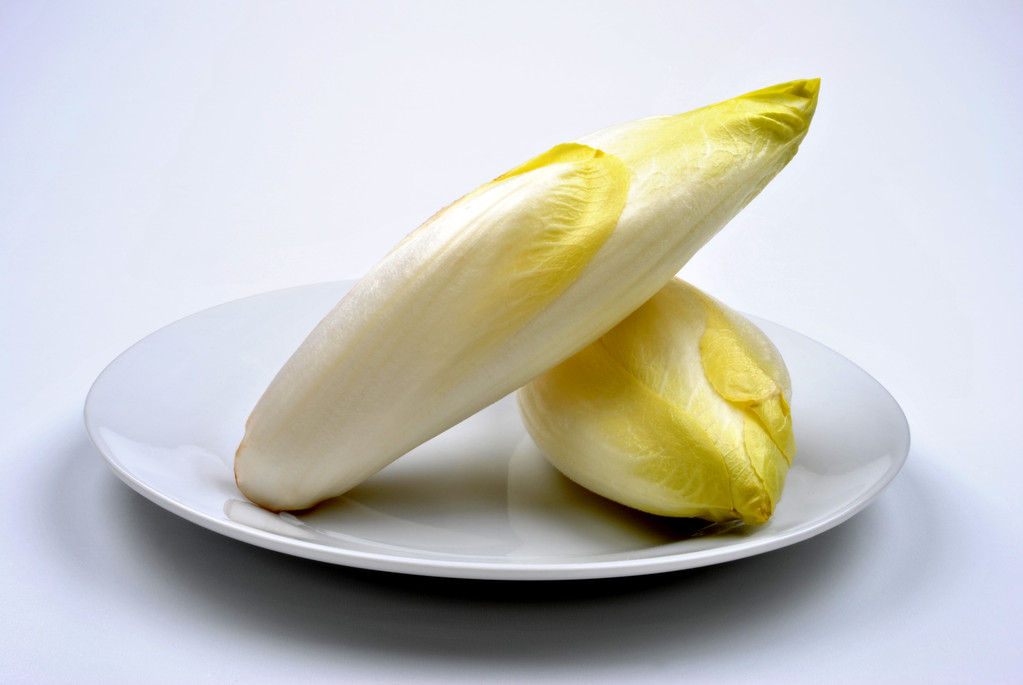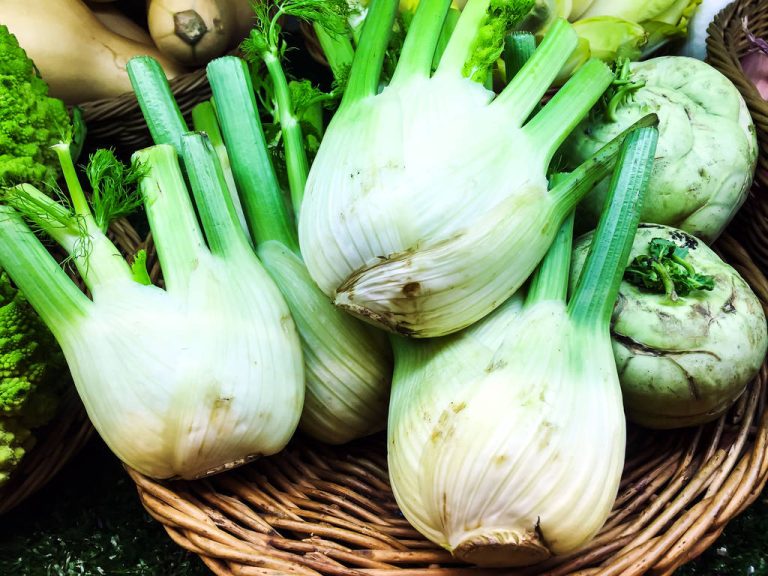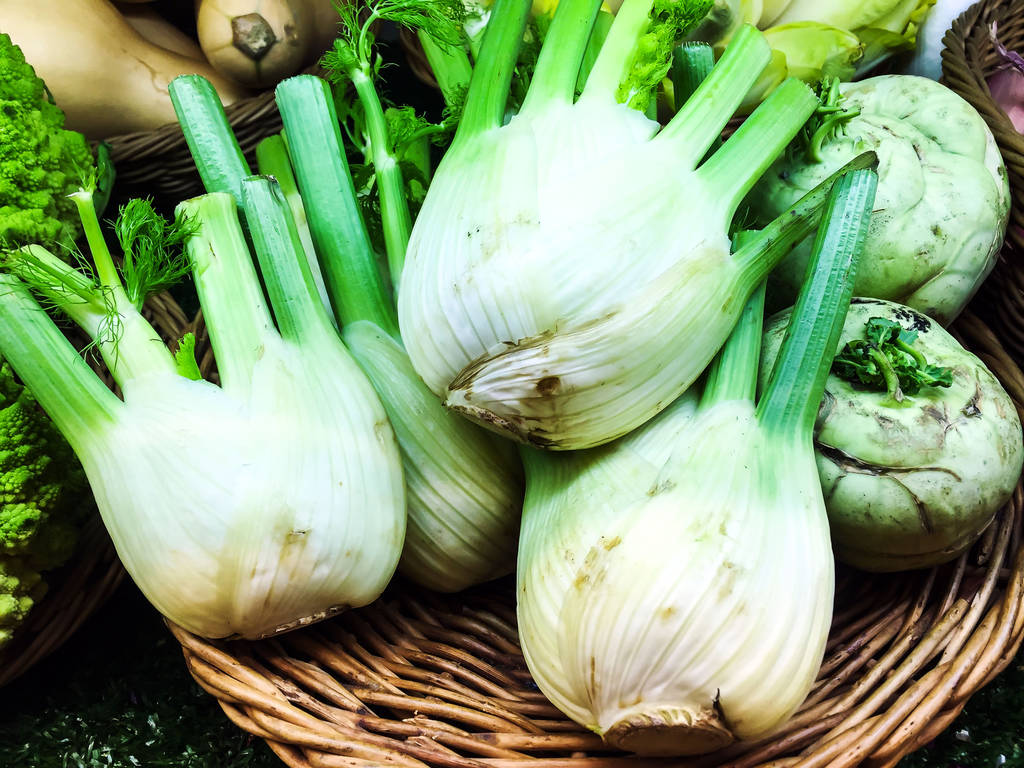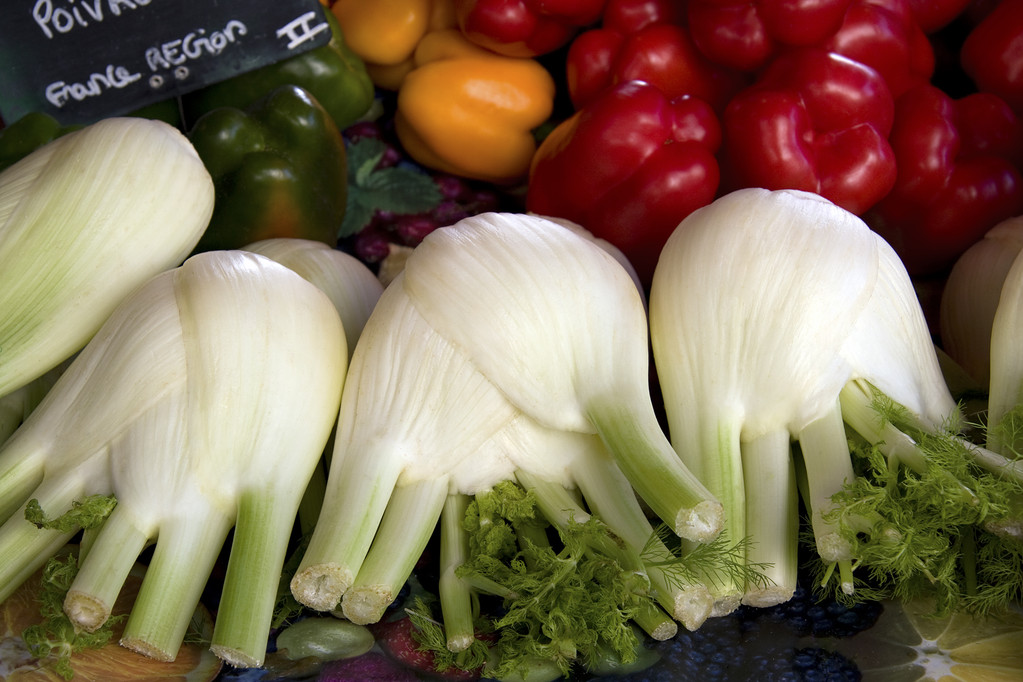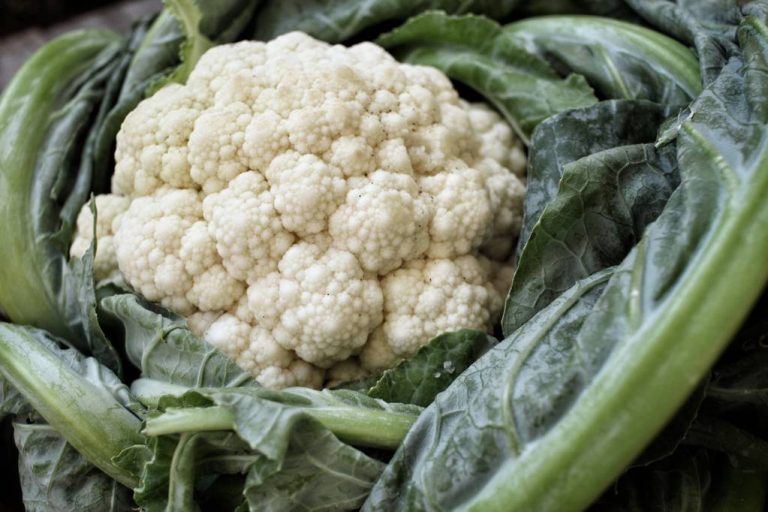There are many diet trends that are gaining more and more followers these days, and going raw and vegan is one of them. Here you can find out what makes vegan raw food special, how it works and what you should consider when making a change.
According to the definition from the Gießen Raw Food Study, raw food nutrition is a form of nutrition that largely or exclusively contains unheated plant-based (sometimes also animal) foods. The raw vegan diet also avoids animal products such as raw milk and dried meat and is therefore a special form of veganism.
Vegetables and fruits, lettuce, herbs and other edible leafy greens as well as nuts, mushrooms, seeds and seeds can be consumed. The main aim is to preserve the heat-sensitive vitamins, trace elements and minerals in the food, which is why they must not be heated and processed at more than 45 degrees.
Behind the decision to eat raw vegan is often an increased awareness of their own consumption of food – most raw vegans therefore pay particular attention to eating seasonal and regional food of organic quality.
It is better not to eat these foods raw
Although raw foods are usually on the menu even with a conventional diet, caution is required when consuming raw foods, especially for raw vegans who are just starting out.
Not all plant-based foods can be consumed raw: this is especially true for potatoes, aubergines, beans, rhubarb, elderberry, legumes and cassava – they must be heated before consumption. One of the few legumes that can also be eaten raw is the mangetout.
In addition, the consumer advice center warns against a high nitrate content in rocket, lamb’s lettuce and lettuce and the consumption of raw spinach and chard.
You should be particularly careful when you go looking for wild herbs and mushrooms that you want to eat raw later – there is often a high risk of confusion with poisonous specimens.
Note: Consuming only raw foods puts more strain on your teeth than a traditional diet. You should therefore make sure that you eat fruit and vegetables not only whole, but also grated or pureed.
Of course, you can continue to enjoy all foods that you usually eat raw when you switch to raw vegan food without hesitation – or try one of the various preparation methods of raw vegan cuisine.
Raw Vegan Diet: Methods of Preparation and Processing
Raw vegans don’t just nibble on raw vegetable sticks, they have a more varied diet than you might think: the various preparation methods, all of which do not require excessive heating, result in an amazing wealth of raw vegan recipes.
Soaking: This method is mainly used for nuts and seeds. On the one hand, they can be processed better, on the other hand, certain seeds start to germinate after a certain soaking time, which should have a positive effect on digestion if consumed in moderation.
Drying: Food is dried for several hours in a dehydrator or at a maximum of 45 degrees in a convection oven, thus preserving it. Among other things, vegetable chips and raw food bread can be made in this way.
Pureeing fruit and vegetables: You can no longer avoid smoothies and vegetable juices made from all imaginable ingredients. Many raw vegan soups are also prepared in this way.
Fermenting: pickling vegetables in water and salt. All nutrients are retained during the fermentation process and lactic acid bacteria are formed, which promote a healthy intestinal flora. White and red cabbage are particularly often fermented, but basically all types of vegetables are suitable.
If you’re planning on sticking with the raw vegan diet for a longer period of time, it’s worth getting certain kitchen appliances, like a food dehydrator or a good blender. If you’re just starting out with raw vegan food, or aren’t sure yet if you want to stick with it, you can make most recipes without these expensive equipment.
Raw and vegan – and still all the nutrients?
A sufficient supply of vitamins A, C and E as well as folic acid, selenium and antioxidants has been found in people who eat a raw vegan diet. Deficiency symptoms, on the other hand, existed for vitamins D, B2 and B12 as well as for zinc, calcium, iron and proteins. It is therefore particularly important with a limited form of nutrition such as vegan raw food nutrition to eat a varied diet and in this way to take in as many different nutrients as possible.
You can get enough calcium from a green vegetable juice made from broccoli, fennel or kale.
You can prevent zinc and iron deficiency by eating pumpkin seeds, unpeeled flaxseed and sesame seeds.
You can also get certain essential fatty acids from high-fat foods such as avocados or olives.
Even pure vegans have problems with vitamin B12: The safest way to get it is through animal products. Plant sources are said to be chlorella algae or fermented foods such as sauerkraut – but this has not been clearly proven.
You can achieve a sufficient supply of other minerals and trace elements with mineral-rich water.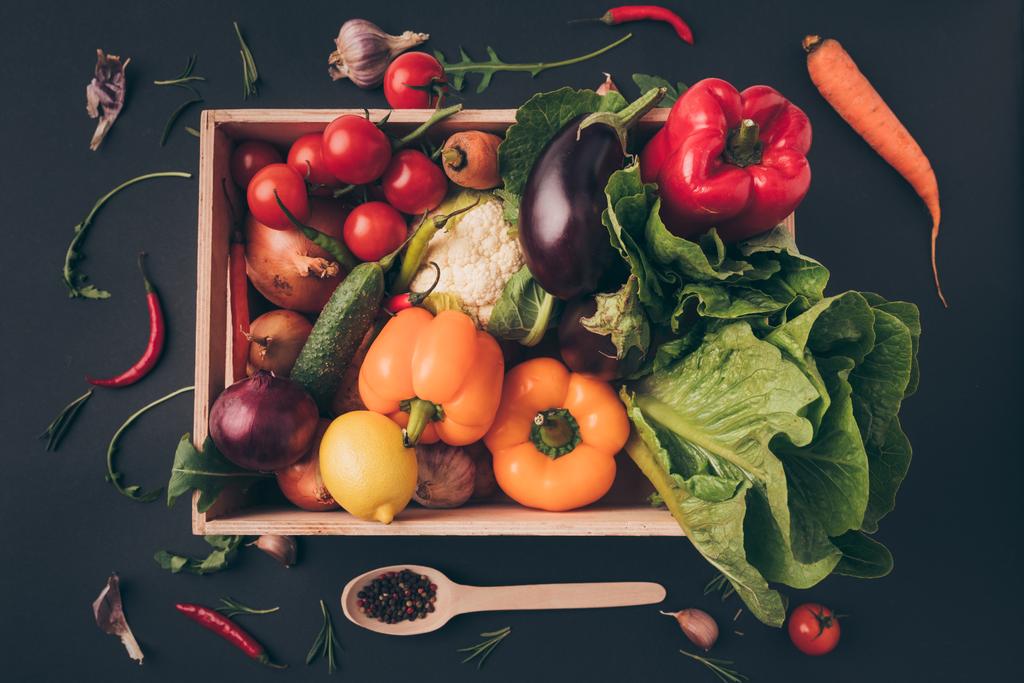
Vegan raw food: tackle the change in diet the right way
There are many reasons to consider switching to a raw vegan diet: Because it largely avoids processed foods, the raw vegan diet is considered extremely healthy. Avoiding animal products is also advantageous in terms of the environment and animal welfare. Last but not least, people are also increasingly concerned with their own consumer behavior and are taking more time for eating again.
However, you shouldn’t rush the switch to a raw vegan diet: It’s better to increase the proportion of raw food in your usual diet step by step – this way you don’t immediately overwhelm your digestive system. Stomach complaints, a feeling of fullness and diarrhea are typical symptoms of switching to raw food too quickly.
Inform yourself well beforehand about the type of diet by exchanging ideas with others or by buying a guide book with detailed tips and information.
If you suffer from chronic deficiency symptoms or illnesses, discuss the change in diet with a doctor.
In general, every person is different and every body has different needs. If you notice that you don’t feel comfortable with an exclusively raw vegan diet, you can also reduce the raw food proportion as you wish. It is important to eat a wholesome diet, in which you pay just as much attention to your own health as to the well-being of animals and the environment.

